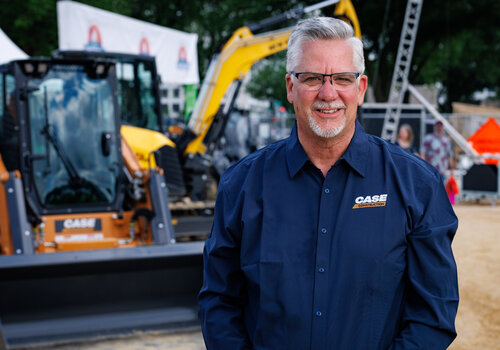Blind interviewing’s role in ensuring your next great hire gets a fair shake
Whether we acknowledge it or not, unconscious bias infiltrates countless decisions we make each day. When it comes to hiring for open positions, those biases can eliminate qualified candidates before they’ve even had a chance to make their case as to why they’re a good fit for your company. Put another way, your next great hire’s résumé may have ended up in the trash without good cause.
To remedy this, a concept called “blind interviewing” was born. Though it’s likely impossible to determine the date when this concept was implemented, one popular success story likely paved the way for many to come. In the 1970s, researchers conducted a study of numerous orchestras in the United States, concluding that few, if any, had very many women among their ranks. Once many of those orchestras implemented a process of having musicians perform their audition behind a screen those demographics quickly changed.
Whether intentional or not, information immaterial to the hiring process – including gender, race, ethnicity, religion (or lack thereof), age, and even marital status – often can influence candidate selection before interviews ever take place. For companies that have predominantly hired men, for example, that means many qualified women applying for jobs are unfairly removed from consideration.
Removing the Barriers to Success
“There’s been a lot of research on an international level regarding blind interviews – showing it to be a helpful resource, but it’s something of a new concept in the construction industry,” said Jeani Ringkob, Chief Brand and Growth Strategist for StoryBuilt Growth Strategy and Marketing.
Ringkob, also a third-generation contractor, understands the industry’s unique needs, especially when it comes to addressing the persistent workforce shortage.
“Blind interviews,” she said “is simply the practice of taking a candidate’s personal information and not showing that to an employer, at least not in the screening stage.”
Eventually, nearly all applicants will encounter a face-to-face interview, but this process helps remove bias in the screening process, which is where a lot of qualified candidates are eliminated.
“Many contractors are cognizant of it,” Ringkob continued, but it’s not a concept they’re all that familiar with or even comfortable with. However, if you’re doing agency work, those contracts are often tied to diversity, but we’re also seeing companies recognize what different people bring to their labor.”
Help Wanted
“It can be a hard sell to those in a market where you’re struggling to get people to even apply for the positions you really need to fill,” Ringkob said. “Removing demographic markers from applications [you] can actually increase the number of people you end up interviewing.”
In addition, if you’re finding that you keep hiring people with the same qualifications or background and you’re struggling to remain adequately staffed, blind hiring can help eliminate any biases that allow unqualified candidates into the interview process, thereby creating the potential to bring in better-qualified applicants who might be getting filtered out during the screening step of the process.
For all its benefits, however, blind interviewing can be detrimental to some companies, especially if they’re already quite diverse.
“Studies have shown that companies not struggling with the problem can actually upset that balance with blind interviewing,” Ringkob said. “Because they’ve already built that culture, they’re probably structuring their interview and overall process based on solid criteria. However, this often isn’t the case in construction. There’s a lot of ground to make up.”
Construction is an industry that can be notoriously slow to adopt new concepts, Ringkob said, so proper education is key to more widespread adoption of blind interviewing’s role in ensuring all qualified applicants are seriously considered, which only strengthens the company in the long run because people from different backgrounds bring different strengths.
“It’s vital we start having these conversations because these are trying times,” Ringkob said. “We have to ensure we’re strengthening our companies and giving equal opportunities to typically underrepresented groups, including women and ethnic minorities.”
As part of those conversations, Ringkob recommends hiring managers meet with their HR departments to find out what kinds of applicants are coming in – examining the recruiting strategy and determining whether they’re losing out on people who should have had a chance to make it to the sit-down interview.
“We have a host of undervalued tools at our disposal,” Ringkob said. “Implementing tactics like blind interviewing, leveraging marketing for workforce building, creating better onboarding processes in our businesses, and using messaging more strategically inside and outside our businesses to attract candidates that are a better fit will only strengthen the company and industry in the long run.”
Photo credit: ABBOT/BIGSTOCKPHOTO.COM












